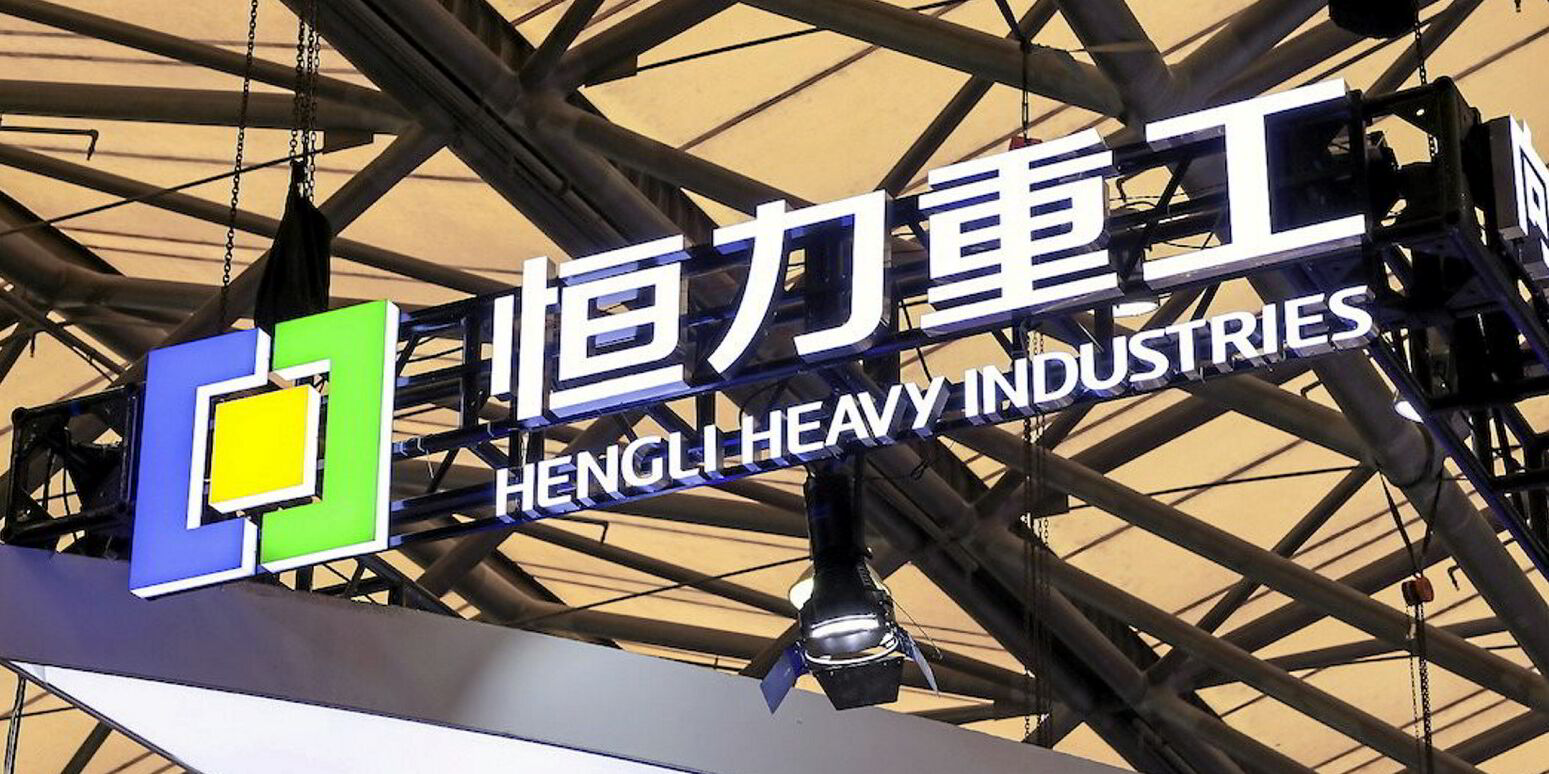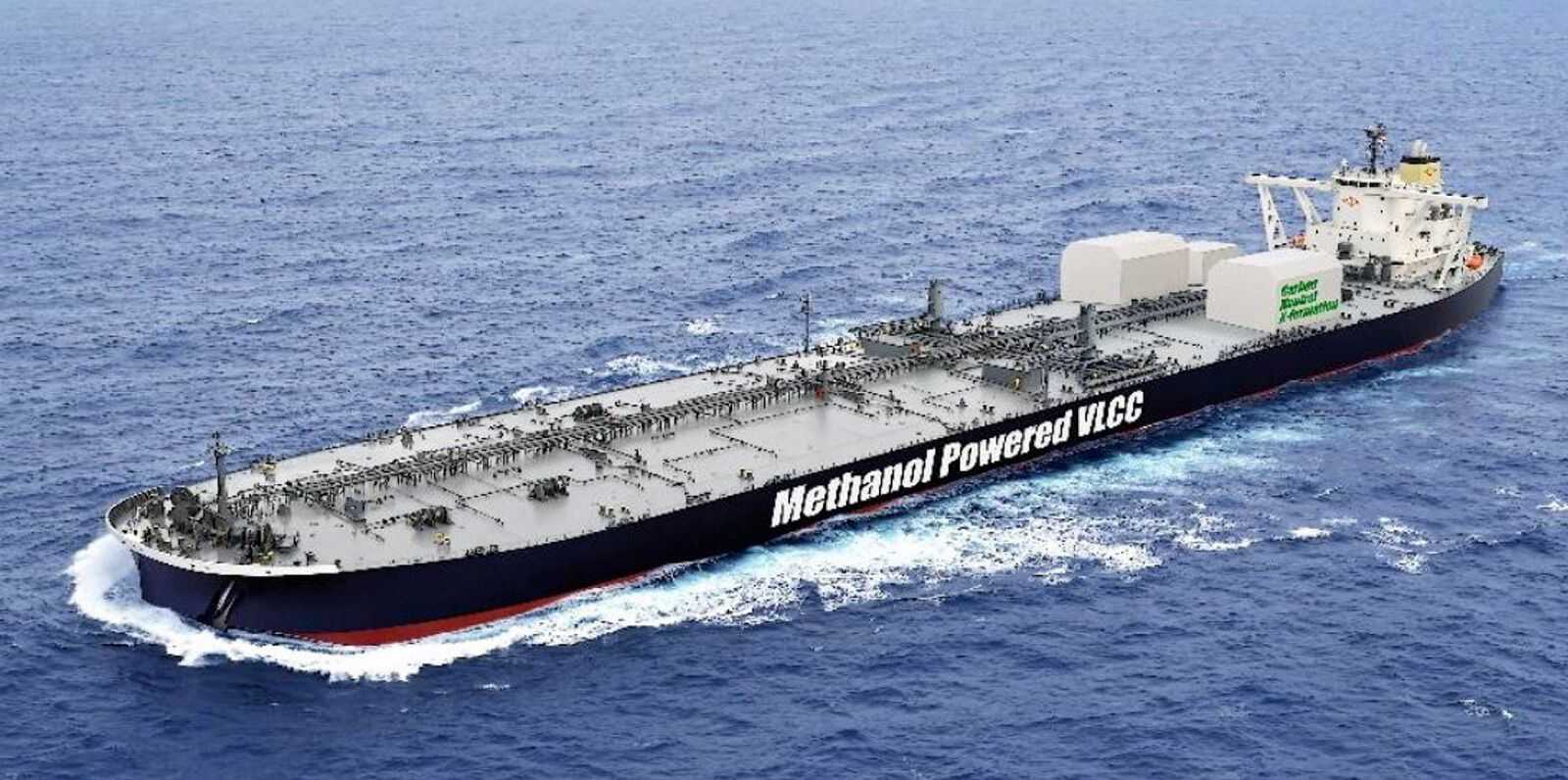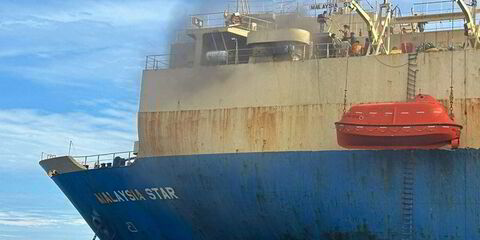Shipbuilding is enjoying a wild ride, with crammed orderbooks, scarce slots, sky-high prices and compelling drivers for further growth.
Clarksons Research figures tell it all. For the first three quarters of 2024, the brokerage recorded orders of just under 50m cgt, or 94m gt, worth around $155bn in total.
In the first nine months, the research team logged orders for 1,750 vessels of more than 1,000 gt, compared with 118 orders in 2016 at the bottom of the last shipbuilding cycle.
Clarksons Research global managing director Stephen Gordon said it is the strongest and most active shipbuilding market since the last boom of 2007 and 2008.
By the end of the year, the brokerage expects orders to climb to around 115m gt and top the total recorded in 2021, when a swathe of container ships and LNG carriers was contracted.
Gordon said there has been more cross-market sector ordering this year, with continued action for boxships and gas carriers, but also strong activity in tankers, a steady flow of bulk carriers and a return of cruise ship contracting. However, the orderbook as a percentage of the fleet for tankers and bulkers remains historically low.
The research chief identified the key drivers for the newbuilding action as strong cash flow in the shipping sector and the demands from fleet renewal and decarbonisation.
He said the ClarkSea Index — which measures charter earnings across different ship sectors to create a theoretical dollars per day average — is running at more than $25,000 per day, which is 35% up on the 10-year trend, indicating that there is considerable cash coming into the shipping system overall.
But compared with the last cycle, the orderbook is still 35% lower in aggregate terms, while the world fleet has doubled since the last shipbuilding peak in 2008.
“The earnings are not quite as high,” Gordon said, and the industry has not invested as much money in newbuildings overall, “so there is still quite a bit of cash in the shipping system”.
Individual sectors have their nuances and drivers.

He said LNG carriers are being ordered to fulfil project requirements, while for container ships the Red Sea attacks have created a perception that there is a need for more flexibility to deal with disruption in supply chains.
Cruise ship passenger numbers recorded a post-Covid bounce-back to 35m, which is above pre-pandemic levels, prompting a rush back to large-vessel ordering — something he described as “hugely encouraging for the European shipbuilding industry”.
Clarksons’ newbuilding price index is up 45% since the start of 2021.
Gordon said prices are up 5% to 6% since the beginning of the year, but the rate of increases has slowed.
Shipbuilding’s cost base has increased, highlighting labour cost increases. But the strong cross-sector demand and shipyards’ forward orderbooks have been supportive of pricing.
Shipbuilding capacity is increasing again, Gordon said, after plummeting by 40% between 2010 and 2020.
“We need additional shipbuilding capacity. That’s what the market is telling us and we need that for the fleet renewal programme and decarbonisation.”
Chinese focus
He said more than 75% of capacity expansion is focused on China. More than half of this is at existing yards and the balance is the reactivation of facilities that may have been dormant or used for other purposes, such as repairs or block-building.
Arrow Shipping & Energy Group said that while some of the Chinese expansion is well planned and realistic, some is less well considered.
The broker said this is particularly true where capacity has been added at less experienced yards to take contracts for more complex vessels in higher-value sectors, which has the potential to stretch engineering, procurement and skilled labour resources at these facilities.
Gordon said there are few, if any greenfield yards, unlike in the last cycle, and not much growth from other parts of the world.
Newbuilding brokers talk of how South Korean shipbuilders are positive about the short term but “really quite nervous” about the medium to long-term prospects.
Shipbuilding is no longer a high-status industry in South Korea and young people are not attracted to it, forcing yards to import overseas workers amid concerns over how they will maintain their capacity, one broker said. In contrast, Chinese private yards have cash to invest in their facilities.
While the global orderbook overall is 35% lower than it was in 2008, China’s orderbook is already at its highest level ever.
Coming up
Clarksons Research is coy about giving 2024 global orderbook share figures for China, which it logged as having a 59% market share in 2023.
Other brokerages estimate China will snare a 63% share this year and climb to 70% in 2028. They speak about there currently being “no challenger” to this rising shipbuilding nation.
On vessel deliveries, China is up 54% in cgt terms in the first nine months, compared with 51% for the full year 2023 — the first time a figure of more than 50% had been recorded.
Overall Clarksons Research is expecting more than 40m cgt to be delivered this year and next, up from about 30m cgt in 2020.
Peering into the more distant future, Gordon said $5.5trn of newbuildings will be needed by 2050, largely for fleet renewal and decarbonisation, but also for trade growth — a turnaround from the early 2000s, when trading upswings were the main driver for shipbuilding growth.
He said the International Maritime Organization’s medium-term measures to help achieve net zero shipping, which are due to be agreed on in April next year, are going to be important, as are market conditions and the continued strength of cash flow.
Clarksons is “incredibly positive about gases” such as LNG, LPG, ammonia and CO2, and remains upbeat about the niche floating production storage and offloading sector.
“We’re convinced there’s a lot to go at for the shipyards,” Gordon said.
“I’m generally optimistic about the markets, but also very realistic about the uncertainties and risks — and a lot of that is geopolitical, with factors like the Red Sea disruption, elections, the Chinese economy.
“There is an increasingly complex trade outlook and so that adds a level of uncertainty to certain markets.”






